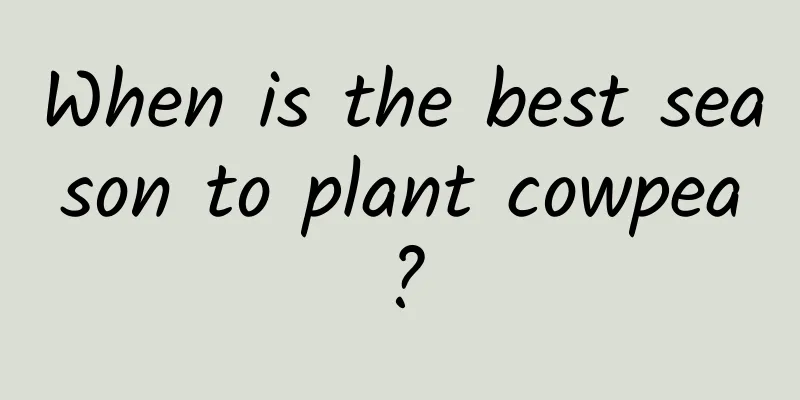When is the best time to plant tomatoes?

|
Tomato is a widely grown and consumed fruit and vegetable. It is rich in vitamin C, potassium, folic acid, vitamin K, dietary fiber, and the antioxidant lycopene. It has strong adaptability to soil, prefers warm climates, and is not frost-resistant. The suitable temperature for growth is generally 20-30℃. Too high or too low temperature will affect its growth and fruit quality. So when is the best time to plant tomatoes? When is the best time to plant tomatoes? Northern regions: Open-air sowing is usually carried out in mid-April to early May in spring, while seedlings can be raised in March to April under protected conditions such as greenhouses or sheds . Southern region: Due to the warmer climate, sowing can be carried out from the end of February to mid-March. In some frost-free areas, sowing can even be done in the fall. Tomato Growing Conditions 1. Soil conditions Tomatoes are highly adaptable to soil and can grow in a variety of soils. But to get a good yield, it is best to choose deep, fertile, well-drained soil rich in organic matter. Tomatoes grow best in neutral or slightly acidic soil. It should be noted that tomatoes should not be planted continuously to avoid soil-borne diseases and poor root development. 2. Temperature requirements Tomatoes prefer a warm environment and require higher temperatures for their growth and fruit development. The suitable temperature for seed germination is 25-30℃, the growth temperature is 15-30℃, and the optimum temperature is 20-28℃. Temperatures that are too low will slow growth and affect flowering and fruiting, while temperatures that are too high may result in stunted growth and reduced fruit quality. 3. Lighting requirements Tomato is a light-loving crop, and sufficient light helps its growth and fruit coloring. Different growth stages have slightly different light requirements, but in general, adequate sunlight is the key to obtaining high-quality tomatoes. 4. Water Management Tomatoes require more water, especially during the fruit development stage. However, too much water can lead to root problems and disease. Therefore, reasonable irrigation and drainage are important factors to ensure the healthy growth of tomatoes. 5. Nutritional requirements Tomato is a fertilizer-loving crop and requires sufficient nutrients to support its growth and fruit development. The rational application of organic fertilizers and compound fertilizers , as well as the supplementation of trace elements such as calcium, magnesium and boron, are crucial to improving tomato yield and quality. At the same time, be careful to avoid excessive fertilization to prevent the plant from growing too tall or causing nutritional imbalance. In summary, tomato is a crop that likes warmth and sufficient sunlight. The planting time varies slightly in different parts of my country, mainly depending on the local climatic conditions.
|
<<: When is the best time to plant asparagus?
>>: When is the best time to plant cabbage?
Recommend
How to raise butterfly flower in winter
Temperature for winter cultivation of moth butter...
How often should I water hibiscus?
How often should I water hibiscus? Hibiscus is ge...
Is the purple calyx poisonous?
1. Is it poisonous? In fact, it is not poisonous....
Can ginseng fruit be planted at the doorstep?
Can ginseng fruit be planted at the doorstep? Gin...
How to place Schefflera
Feng Shui Effect Schefflera has a certain effect ...
How to water the succulent jade plant and how often to water it
Overview of watering succulent jade plants When r...
How to plant Michelia odorifera
Preparation before planting Ecological habits To ...
How to make golden bud flowers bloom all year round
Tips for the flowering of golden buds all year ro...
What to do if daffodils grow wildly
1. Treatment methods In order to control the craz...
How to grow azalea in summer
1. Lighting It must be shaded when caring for it ...
What medicinal herbs are suitable and profitable to plant in Hebei? Introduction to Hebei Chinese herbal medicine planting project
Hebei Province is a province with plateaus, mount...
Time and method of changing the soil of plum blossoms
Plum blossom soil replacement time The plum bloss...
Can I grow bamboo at home?
Can I grow bamboo at home? Bamboo can generally b...
What are the factors that affect tulip flowering?
Bulb degeneration affects tulip flowering Bulbs t...
Cultivation methods and precautions of creeping grass
Creeping grass is relatively easy to grow. It lik...









